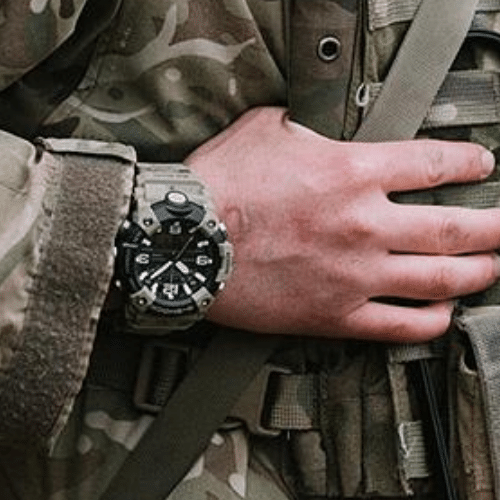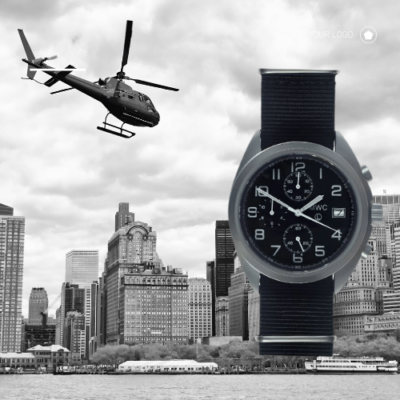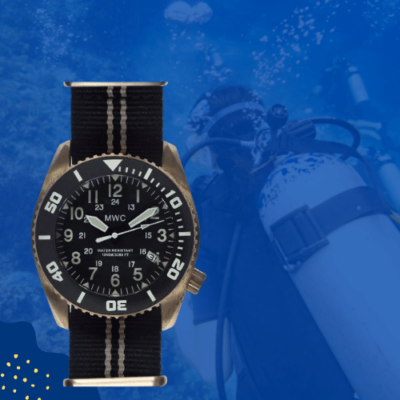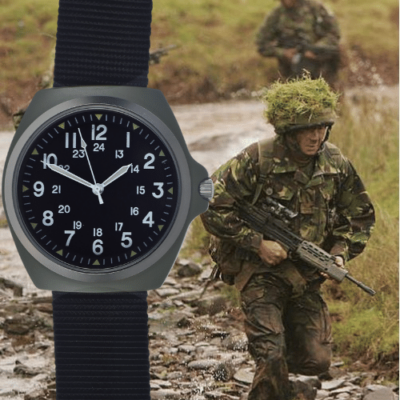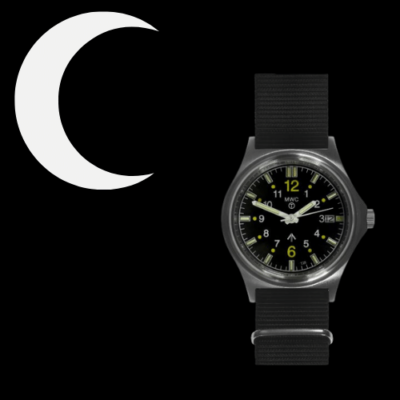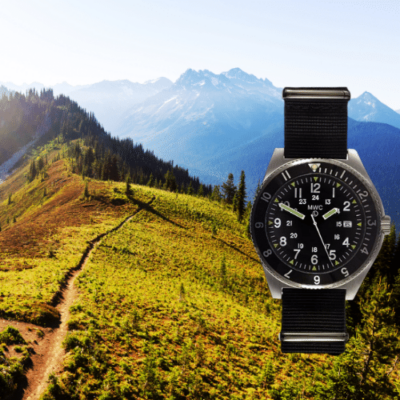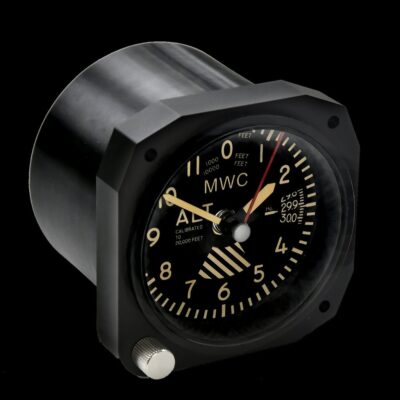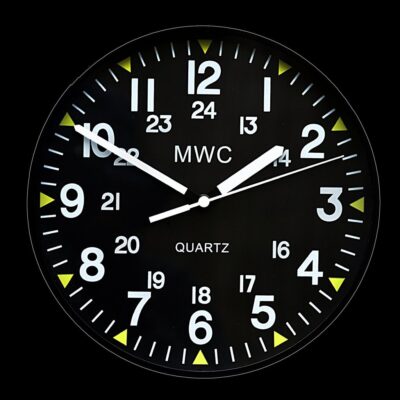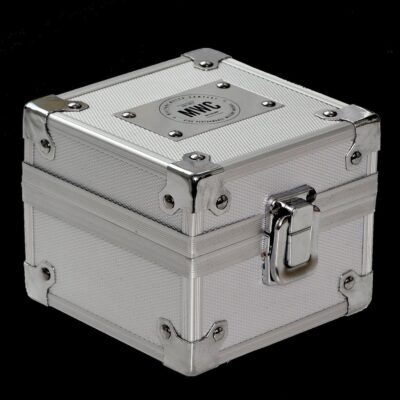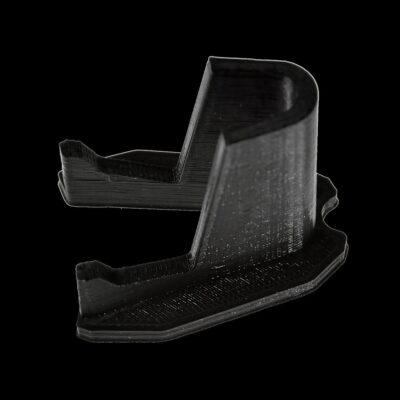News
Russia’s Su-34 Strike Fighter Gains New Mission Set with Revolutionary Tactical Recon Configuration
The Russian Aerospace Forces have begun to fly Su-34M strike fighters for tactical reconnaissance missions over Ukraine, according to a statement by the state owned arms conglomerate Rostec. The aircraft have for this purpose integrated three variants of the Sych universal reconnaissance pod system, which can be utilised for radio-technical, radar, and optical surveillance. The pod is required to be mounted externally, which although allowing any Su-34M to be configured for any kind of reconnaissance, also adds a small amount of drag to the aircraft and slightly increases its radar cross section. The small size of the pods allow fighters to collect real-time intelligence while still remaining armed for strike operations. The Su-34M has the longest range of any tactical combat jet in the world, which allows it to perform reconnaissance missions over wide areas, such as in the Arctic, Pacific and Atlantic where they are deployed. The shaping of the aircraft’s airframe has reduced its frontal radar cross section to a size comparable to that of a cruise missile.

Th Su-34 has primarily been procured since the late 2000s to replace the Su-24M strike fighter, which was fielded in much larger numbers than any other fighter class in the Russian Armed Forces that decade. The configuration of Su-34s for reconnaissance allows them to replace theSu-24MR tactical reconnaissance variant. Over 130 Su-24MR reconnaissance aircraft were in service in 2014, the year the Su-34 entered service, with the provision of direct replacements for these older jets potentially allowing the Su-34’s production run to be extended significantly further. Su-34s configured for reconnaissance roles may also replace Tu-214R and Il-20M electronic and signals intelligence aircraft, and possibly M-55 provide strategic surveillance aircraft. It is also expected to fill the gap left by the early retirement of the MiG-25RB reconnaissance aircraft in 2013. The Su-34’s reconnaissance configuration is expected to revolutionise tactical reconnaissance capabilities in the Russian Armed Forces, and allow the aircraft to be utilised in entirely new ways across multiple theatres from the Arctic and Pacific to Eastern Europe and the Middle East.

